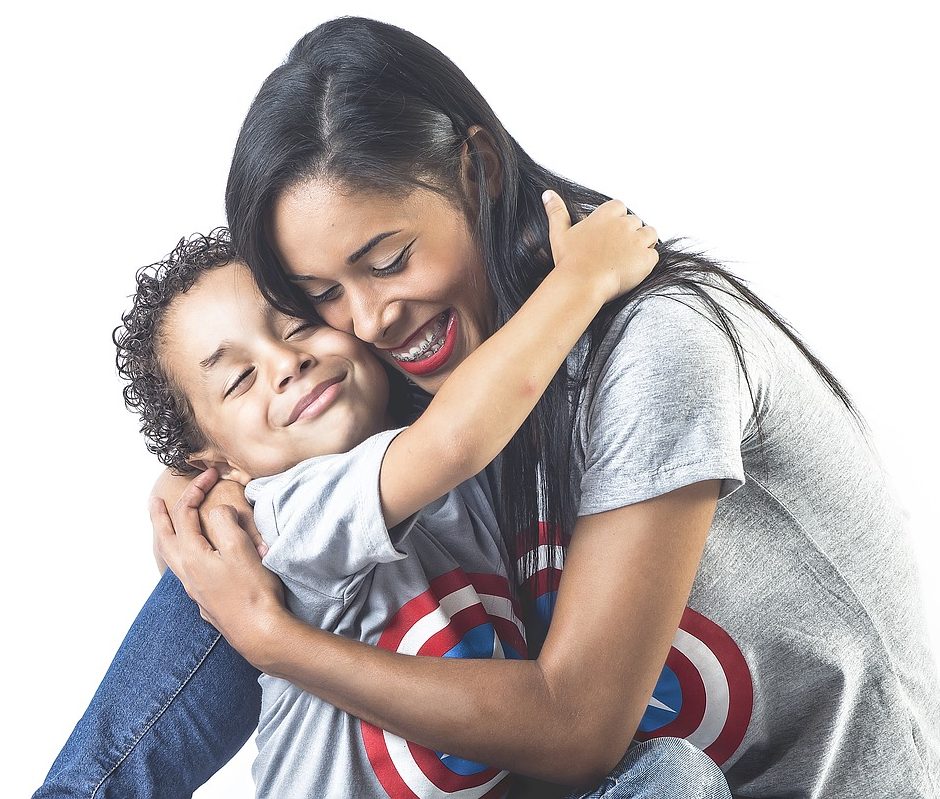News of the coronavirus COVID-19 is everywhere, from the front page of all the papers to the playground at school. Many parents are wondering how to bring up the epidemic in a way that will be reassuring and not make kids more worried than they already may be. Here is some advice from the experts at the Child Mind Institute.
- Don’t be afraid to discuss the coronavirus. Most children will have already heard about the virus or seen people wearing face masks, so parents shouldn’t avoid talking about it. Not talking about something can actually make kids worry more. Look at the conversation as an opportunity to convey the facts and set the emotional tone. “You take on the news and you’re the person who filters the news to your kid,” explains Janine Domingues, PhD, a child psychologist at the Child Mind Institute. Your goal is to help your children feel informed and get fact-based information that is likely more reassuring than whatever they’re hearing from their friends or on the news.
- Be developmentally appropriate. Don’t volunteer too much information, as this may be overwhelming. Instead, try to answer your child’s questions. Do your best to answer honestly and clearly. It’s okay if you can’t answer everything; being available to your child is what matters.
- Take your cues from your child. Invite your child to tell you anything they may have heard about the coronavirus, and how they feel. Give them ample opportunity to ask questions. You want to be prepared to answer (but not prompt) questions. Your goal is to avoid encouraging frightening fantasies.
- Deal with your own anxiety. “When you’re feeling most anxious or panicked, that isn’t the time to talk to your kids about what’s happening with the coronavirus,” warns Dr. Domingues. If you notice that you are feeling anxious, take some time to calm down before trying to have a conversation or answer your child’s questions.
- Be reassuring. Children are very egocentric, so hearing about the coronavirus on the news may be enough to make them seriously worry that they’ll catch it. It’s helpful to reassure your child about how rare the coronavirus actually is (the flu is much more common) and that kids actually seem to have milder symptoms.
- Focus on what you’re doing to stay safe. An important way to reassure kids is to emphasize the safety precautions that you are taking. Jamie Howard, PhD, a child psychologist at the Child Mind Institute, notes, “Kids feel empowered when they know what to do to keep themselves safe.” We know that the coronavirus is transmitted mostly by coughing and touching surfaces. The CDC recommends thoroughly washing your hands as the primary means of staying healthy. So remind kids that they are taking care of themselves by washing their hands with soap and water for 20 seconds (or the length of two “Happy Birthday” songs) when they come in from outside, before they eat, and after blowing their nose, coughing, sneezing or using the bathroom. If kids ask about face masks, explain that the experts at the CDC say they aren’t necessary for most people. If kids see people wearing face masks, explain that those people are being extra cautious.
- Stick to routine. “We don’t like uncertainty, so staying rooted in routines and predictability is going to be helpful right now,” advises Dr. Domingues. This is particularly important if your child’s school or daycare shuts down. Make sure you are taking care of the basics just like you would during a spring break or summer vacation. Structured days with regular mealtimes and bedtimes are an essential part of keeping kids happy and healthy.
- Keep talking. Tell kids that you will continue to keep them updated as you learn more. “Let them know that the lines of communication are going to be open,” says Dr. Domingues. “You can say, ‘Even though we don’t have the answers to everything right now, know that once we know more, mom or dad will let you know, too.’”
~Witten by: Rachel Ehmke

